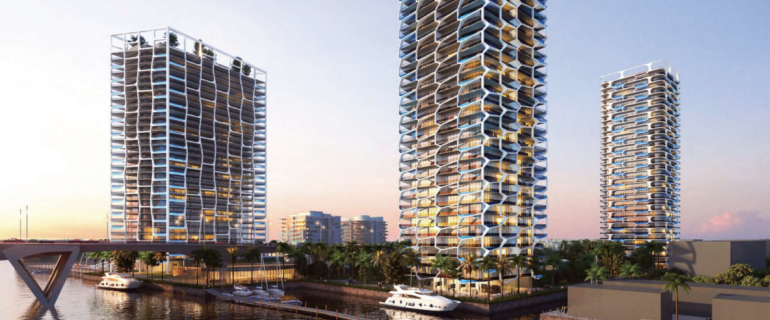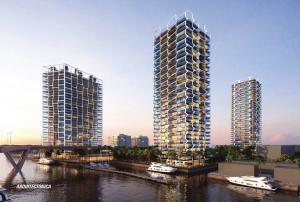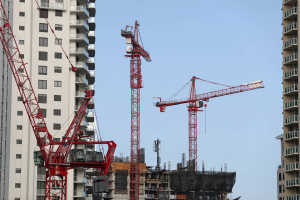A building that makes “no sense” to most investors could be a diamond in the rough to another — and knowledge and information is key in the current rising rate environment, according to one industry watcher.
“You can’t add value to bonds — and unless you own a VC firm or you’re Warren Buffett or Elon Musk, you really can’t create value by owning stocks,” says Marcus & Millichap’s John Chang. “Other than owning a company or a franchise, only real estate allows investors to roll up their sleeves, either physically or metaphorically, and create value in an investment.”
And Chang says this happens in one of three ways: repositioning, management, or knowledge. Repositioning can be as simple as upgrading common areas and as complex as transforming high-rise office towers into apartments (a trend that’s happening at a rapid rate in some major metros). It can also fall somewhere in between those extremes: think moving a Class C property to Class B or repurposing an outdated shopping mall into a mixed-use asset.
“Creating value in management can also run the gamut,” Chang says. “At the simplest level, an investor may see some high value but basic operational things that can be done — perhaps just cleaning up a property, adding professional management and moving the rents to market. Something more complex may be re-tenanting a building. An office investor I know bought a very large property with an enormous vacant space. He already had a major tenant lined up so he bought the building, restructured the space a bit and then plugged the new tenant in. Boom: the building went from 25% occupancy to 90% occupancy and the property value changed dramatically.”
Chang also draws on another anecdote, this time in the multifamily space, to illustrate this point further. He says an investor he knows with a great apartment management team bought several small- to mid-sized near the ones he already owns and leveraged that team across multiple units.
And finally, there’s knowledge, which Chang says is “all about finding market inefficiencies and exploiting them.” This could include acquiring assets based on emerging demographics or population migration, or could come on the heels of a major employer changing its HQ location or in advance of a tax or policy change. Chang says there are ample opportunities to “capitalize on information where the pending changes are not baked into an asset’s price.”
Several recent examples bear that out: the global supply chain dilemmas plaguing virtually every sector of the economy have prompted many companies to consider re-shoring or near-shoring to mitigate those types of risks in the future.
“These and more opportunities are out there, and a lot of them will make sense regardless of rising interest rates or other factors affecting the market,” Chang says.
Source: GlobeSt







